The first few trailers that came out for Matt Bettinelli-Olpin and Tyler Gillett’s Abigail completely undersold the film. It made it look like a mindless creature feature with some creepy ballet sequences thrown in and an oddball cast of characters ready to be sucked dry by the titular vampire girl. The only hint the trailers offered that could inspire any hope was that it was directed by the duo behind the excellent Ready or Not and Scream VI. Hell, they even spoiled the thing that would’ve given the experience a right punch in the gut for viewers, that the girl was in fact a vampire. In essence, this movie was spoon fed to audiences so they could consider it a safe option riding on popcorn horror energy.
Fortunately, the movie turned out to be something completely different. Abigail is a carefully constructed modern vampire tale that knows how to have its fun while developing a truly compelling bloodsucker in the process. This isn’t just a creature feature. In delving into the titular ballet vamp’s backstory and motivations, Bettinelli-Olpin and Gillett create a character that balances the classic with the new for a take that gets the monster-type right. More specifically, the movie knows that the best and scariest vampires in cinema are possessed by history and personality, and that they use both to relieve their victims of their lifeblood.
Abigail follows a group of highly skilled criminals that kidnap a girl just as she comes back from her ballet session. The criminals, led by Frank (Dan Stevens), take the girl to the secluded Wilhelm Manor, a place that looks like it hides more secrets than it initially leads on. Once there, they meet with the brains of the operation, a man called Lambert (Giancarlo Esposito). He instructs the team to look after the girl for 24 hours as they wait to see if her father will cough up $50 million in ransom money.
The group’s medic, Joey (Melissa Barrera), is tasked with looking after the girl. Here we learn the girl’s name is Abigail and that’s she’s sorry for what’s about to happen to them. The criminals get mysteriously locked in the manor (a wink, perhaps, to House on Haunted Hill), with metal covers sliding into place over windows and doors. This signals the start of Abigail’s ballet-inspired murder performance. Cue blood, death, and terror.
The line between vampire story and creature feature can be a fine one, but one key element can help define it more decisively: character. From Dracula to Severen (Bill Paxton) in Near Dark, vampires carry a sense of history that builds them up as monsters shaped by time. The older they are, the deeper and more primal their thirst feels.
Severen, for instance, is a bloodsucking biker from Kathryn Bigelow’s Near Dark that carries himself like an Old West outlaw. At one point in the film, he takes the time to explain to his victims that he fought for the South during the Civil War and that he might’ve helped cause the Great Chicago Fire of 1871. These are small details, sure, but they are rich in story. Combined, they do a lot to stretch the character’s history of violence while shaping a unique personality. In the case of Severen, these revelations give shape to an experienced killing machine that revels in past sins and is constantly looking to add more to the list.
Abigail reveals herself to the people that kidnapped her in a similar manner. Early on, she suggests her father is a dangerous man that’ll leave a trail of mangled bodies to get back what’s his. It’s obvious he’s a vampire and it’s easy to think of him as a kind of Dracula-type figure, an ancient force. Clearly, anything responsible for turning Abigail into what she is must be intensely powerful and unburdened by moral considerations, a hunger that answers to no one. Bettinelli-Olpin and Gillett use this to paint the girl as part of a storied bloodline that’s survived on death and killing.
And yet, it’s not all about the father. Rather, Abigail takes advantage of her familial ties to forge her own identity, developing a brand of horror all her own that incorporates the things she likes to inspire fear. She dances with decapitated bodies, loves to be drenched in the blood of her victims, and outwits her prey with ballet moves. From family history to character and personality.
This extends to Wilhelm Manor, Abigail’s version of Dracula’s castle. It’s a place that holds the vampire’s story on its walls and in its secret rooms. Bettinelli-Olpin and Gillett understand this aspect of the classic monster well. Dracula’s castle is perhaps one of the most underrated storytelling components in vampire fiction. At its core, it’s a reflection of the creature’s dark magic and its corrupt hunger. Wilhelm Manor serves the same function for Abigail. It offers glimpses into the origins of her vampiric condition and a few cryptic clues as to who her father is. It even brings the question of age into the mix, casting doubt as to whether the girl is stuck in her age or if she’s only been turned recently. Factor in the things the manor hides in its lower levels and you have a place that’s become an extension of its dancing resident.
Rounding out Abigail’s character build are her abilities. Vampires have long been associated with mind control, shape shifting, superhuman strength, and flight. They don’t all have to be present, but the inclusion of a few of them do solidify the link between new vampires and the old ways. Abigail can fly, has superhuman strength, and more importantly, can control the minds of those she turns. This last ability leads to one of the most disturbing sequences in the movie, where one of the criminals she bites (played by Kathryn Newton) becomes her puppet. She acts through her victim, making her mimic her ballet dance moves to instill fear. These are all shows of strength, theatrical in nature, that communicate a sense of superiority over others. Abigail, like all good vampires, embraces the theatricality of it. For Bela Lugosi‘s Dracula, it’s hand movements and an intense stare. For Abigail, it’s ballet and a blood-smeared dance dress.
It all makes Abigail come off as a very powerful vampire and not just the daughter of a supremely powerful being. As more of her backstory is revealed, her presence grows and becomes more imposing. Her father might be at the top of the food chain, but Abigail can make a solid argument as to why that spot can be shared. There’s a power struggle implied here, amplified by their blood relation. And if there’s something vampires absolutely relish is the chance to show they’re better than the others of their kind.
Abigail is one of the best recent examples of how the old and the new can still converge for the sake of vampiric innovation. The vamp at the center of this film achieves this through a danse macabre-inspired approach that results in violence getting its own dance number. The classic monster’s strengths are present here and they establish a sense of continuity that pays homage to what came before, albeit with an eye to give contemporary interpretations a chance to express themselves in different ways. Sometimes it comes down to nuance. An affinity for dance here, a little telepathy there and suddenly a new vampire enters the arena. Food preferences, though, stay the same.
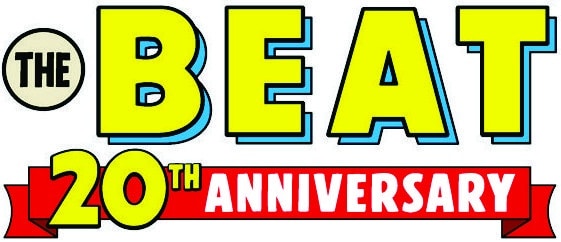
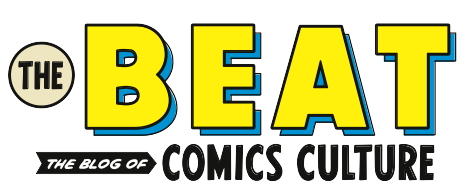
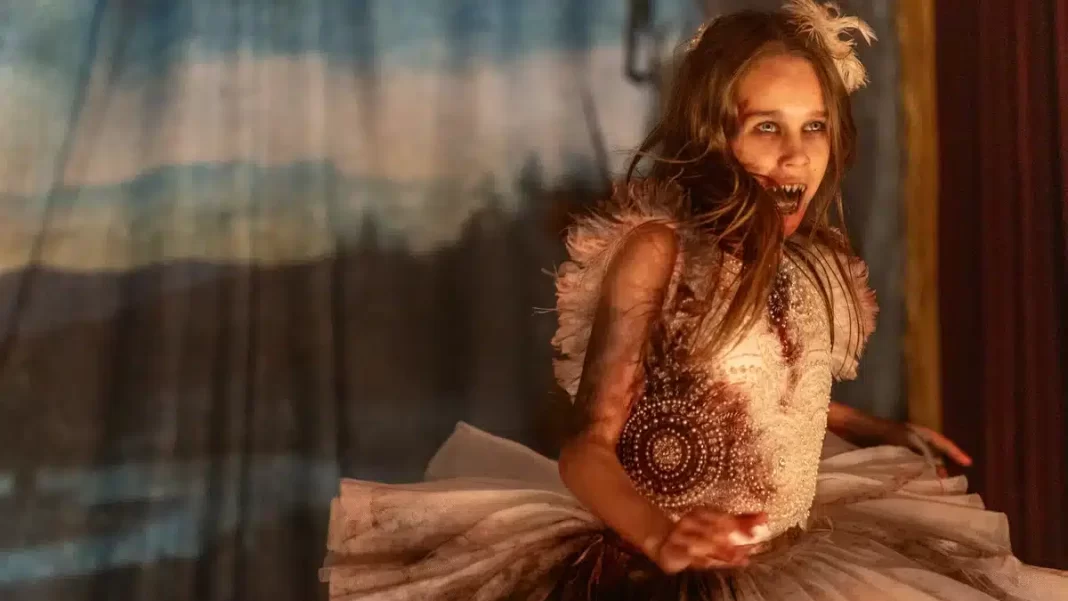
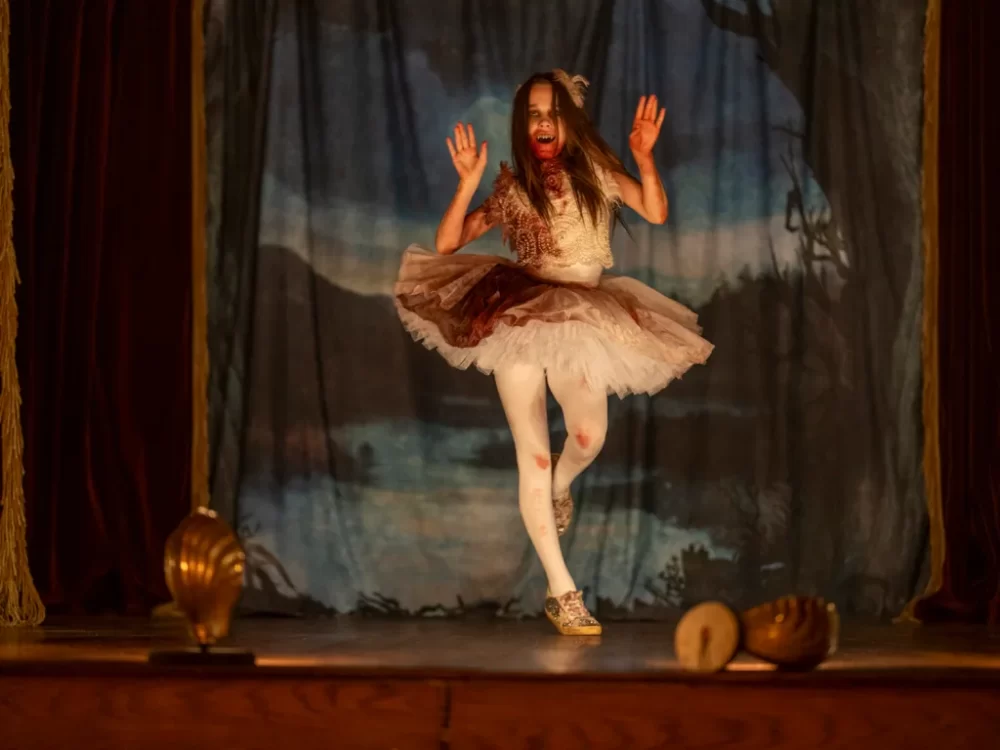
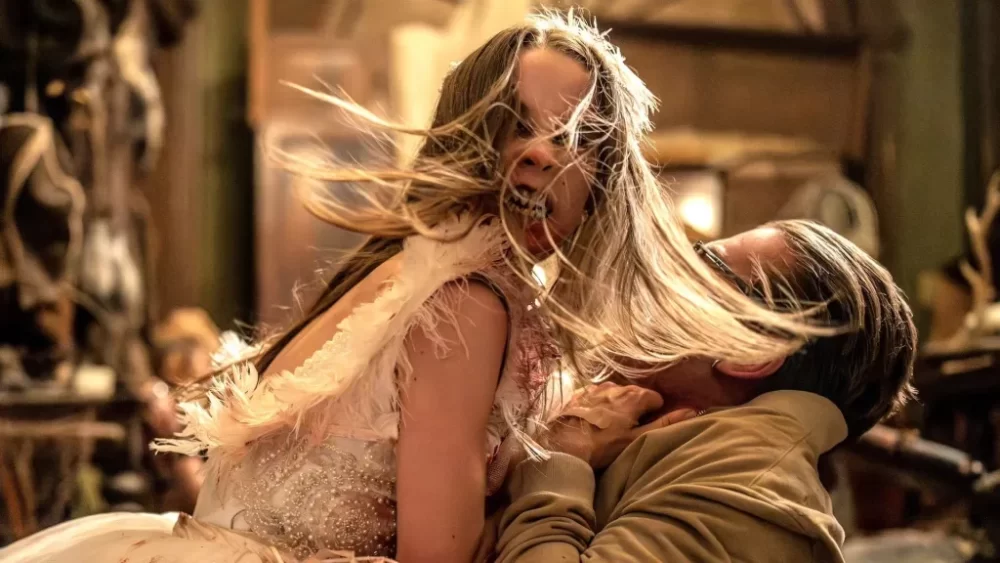
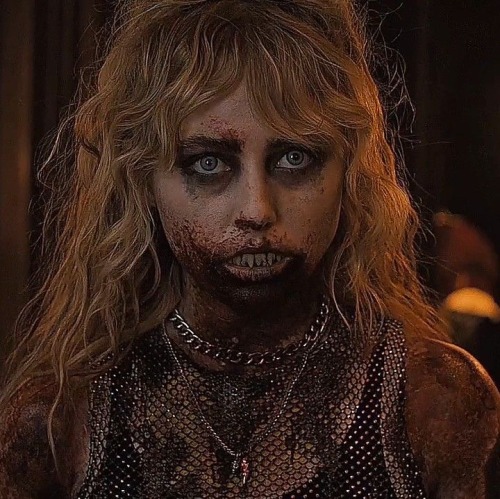
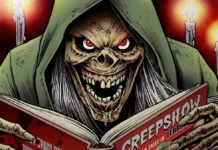


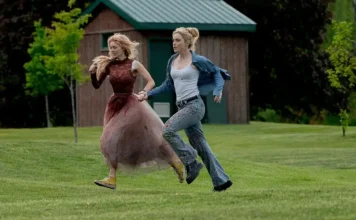




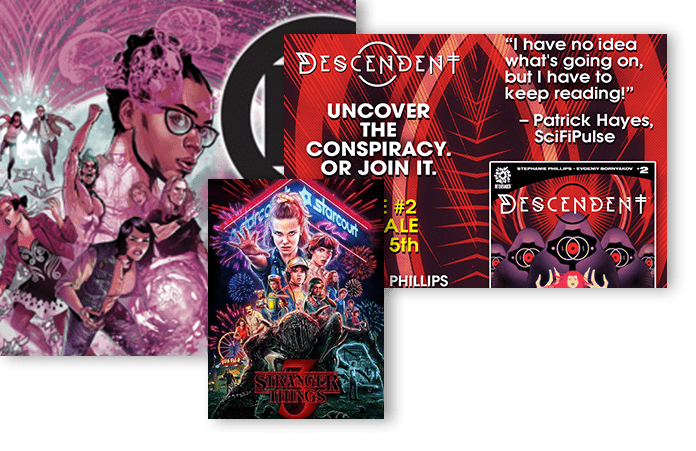
Also cool was the “heist gone wrong” vibe as the criminals start to question each other’s motives, sow distrust and manipulate one another. This elevated the tension as it meant that when Abigail started her attacks she was facing a fractured group of loners, rather than a solid team working together to stop her. In many ways, the ultimate baddie wasn’t Abigail, but one of the crew (don’t want to spoil which one !)
Comments are closed.